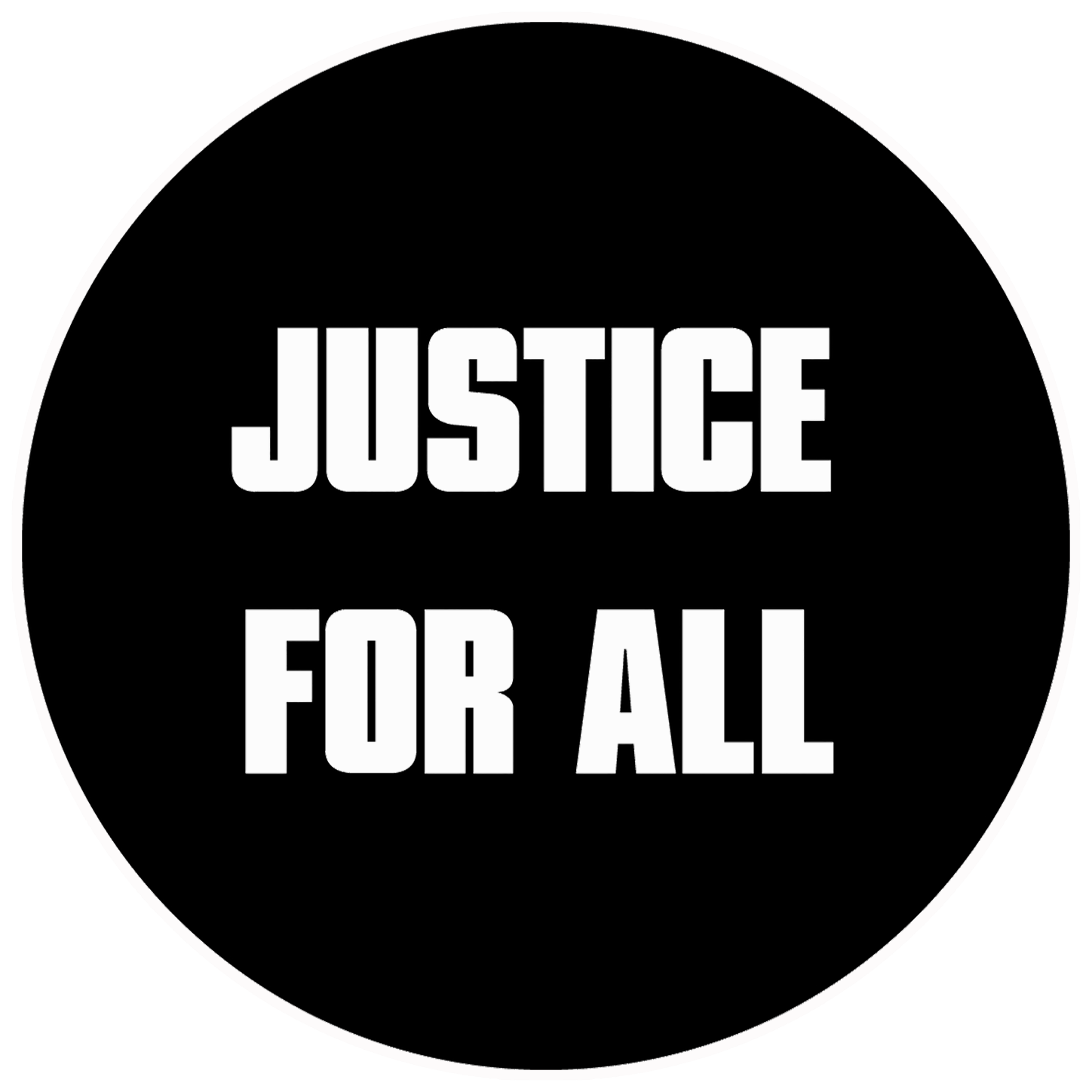Other Exhibits
What _s M_ss_ng?
"What _s M_ss_ng?" at Oklahoma State University, March 2016
2013-present
Description
In excerpting Verlyn Klinkenborg's view in this way, we were attempting to preserve his sentiment,* but with our formatting of the text and the removal of the I's, we were attempting to comment on that sentiment.
What is missing? The I is missing. And the question with abortion is, "What is missing after an abortion?" Is the unborn something a lot like myself ("I") or is the unborn something very different?
What do you think?
Quotation in Context
"What _s M_ss_ng?" at Wichita State University, April 2013
"In that instant, I felt a profound and unmistakable kinship with the shape implied by the foot and hand in the tray, a kinship so strong that it was like the rolling of the sea under my feet. I felt deeply unsettled, not by the sight of blood or tissue or by Diane’s matter-of-factness, which was quite gentle, but by the act of recognition. I was surprised by my own sadness, by the sense of loss I felt. Strangely, I couldn't tell what I was sad for, but I suspect that I was sad for myself, pathetic as that sounds, as though I were somehow looking at a homuncular version of myself scattered in that basin." -- Verlyn Klinkenborg
See the Harper's page devoted to this article to access the full article (requires a subscription).
Where Do You Draw the Line?
"Where Do You Draw the Line?" at Arizona State University, February 2013
January 2012 - Present
Basic Information
Images are from Lennart Nilsson & Lars Hamberger, A Child Is Born (New York: Delacorte Press/Seymour Lawrence, 1990)
Ages are from fertilization.
Approximate size measurements refer to "greatest length" except for fertilization (diameter). See Ronan O'Rahilly & Fabiola Muller, Human Embryology & Teratology, 3rd ed. (New York: Wiley-Liss, 2001), p. 492
Notes on Human Development
"Where Do You Draw the Line" (detail)
At fertilization, the unborn has a "unique and complete human genome"
See Ronan O'Rahilly & Fabiola Muller, Human Embryology & Teratology, 3rd ed. (New York: Wiley-Liss, 2001), p. 8: “Although life is a continuous process, fertilization (which, incidentally, is not a "moment") is a critical landmark because, under ordinary circumstances, a new, genetically distinct human organism is formed when the chromosomes of the male and female pronuclei blend in the oocyte.”
Note that none of the following developmental milestones are unique to human beings. Can any of these be the ground then for human rights? If any of these is the ground for human rights, do certain animals also deserve human rights? If none of these is the ground for human rights, what is?
4-week embryo has a "heart rate of 113 beats per minute"
See the Endowment for Human Development's "The Beat Goes On"
7-week embryo "swallows, hiccups, moves arms and legs"
18-week fetus "responds to sound"
See Hepper PG, Shahidullah BS. "Development of fetal hearing." Arch Dis Child. 1994 Sep; 71(2): F81-7.
Note: In the medical literature, gestational age usually refers to "last menstrual period," which is about two weeks prior to the date of fertilization. So, to compare the "Where Do You Draw the Line?" sign to this article, subtract two weeks from the gestational age references in the article. So, the first response to sound found by the researchers here was at 17 weeks post-fertilization.
Newborn "passes the mirror test about 18 months after birth"
See Philippe Rochat, "Five levels of self-awareness as they unfold early in life,"Consciousness and Cognition, 12 (2003) 717–731. See especially the following on pp. 725-726 of the Rochat article:
Despite all these remarkable perceptual discriminability between what pertains to the self and what pertains to others, up to the middle of the first year infants are oblivious that some rouge has surreptitiously been smeared on their face or that a yellow ‘‘Post-It’’ might appear on their forehead when looking at their own specular image (Bertenthal & Fisher, 1978; Povinelli, 1995). It is only by 18 months that, as shown in Fig. 2, infants start to reach for the mark on their own body, often in order to remove it (Level 3). This behavior is considered by most developmental and comparative psychologists as the Litmus test of self-awareness (but see Loveland, 1986, for a critic of this view). It is often viewed as the evidence of a conceptual or ‘‘represented’’ sense of self in any organism behaving like this in front of mirrors, whether the human child, non-human primates, avian, mammals like elephants, or even cetaceans like dolphins (Parker, Mitchell, & Boccia, 1994). But why? It is mainly because by showing this behavior, individuals demonstrate the ability to refer to the specular image as standing to their own body. In other words, they refer the silhouette they see reflected in the mirror to precise regions of their own body they cannot see directly (e.g., their forehead). This would be impossible without a body schema or own body representation that is mapped onto what is seen in the mirror. Therefore, this behavior indicates that the mirror reflection is seen by the individual as standing for this representation (Level 3). It is identified as referring to the body experienced and represented from within, not anybody else's. Identity is used here in the literal, dictionary sense of ‘‘recognizing the condition of being oneself, not another’’ (Random House Unabridged dictionary).
